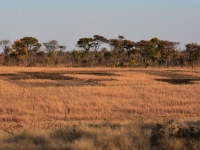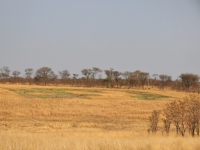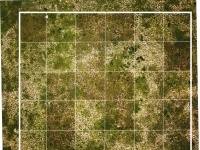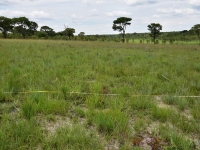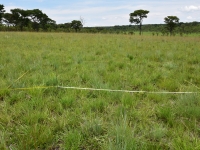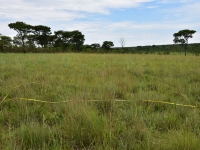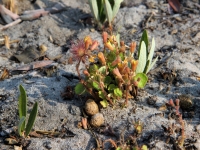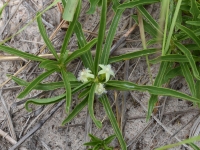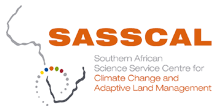 |
|
Data availibilty
Bicuar National Park
The list below shows which other data is available for this observatory.
Other observatories
The list below shows for which other observatories the following datatype is available:
The "Purgatory" fire experiment
(List in North-South Direction)
North-South Direction
 |
 Bicuar National Park (S75) - The "Purgatory" fire experiment in Angolan suffrutex-grasslands Bicuar National Park (S75) - The "Purgatory" fire experiment in Angolan suffrutex-grasslands
Recurrent fires in the dry season are a common feature of Africa’s Miombo region and shape the boundaries and extent of the forest-grassland mosaic. The current vegetation is thought to be well adapted to fire disturbances, as many C4-grasses, geoxylic suffrutices, and trees either tolerate low intensity fires or readily resprout after burning.
Although today fires are a frequent disturbance factor in these landscapes, the vast majority of fires are manmade and thus fire frequency, seasonal timing and fire return period are controlled by people. The timing of fires in the dry season, however, has a great impact on fire intensity since the biomass/fuel becomes drier and the ambient temperature hotter with progressing dry season. Until now it is poorly understood how the vegetation of Angola’s highly diverse natural suffrutex-grasslands reacts to different timing and return intervals of fire. Particularly the effects on vegetation structure, i.e. growth height and dominant life forms, and on species composition (via competition between early and late succession species) are assumed to be great.
To quantify the effect of different fire treatments on vegetation structure and species composition we established systematic fire experiments (Purgatories) at sites typical for suffrutex-grasslands in central Angola, related to the Biodiversity Observatories (Bicuar National Park, S75, and Cusseque, S74). Research is done in close cooperation with the team of Dr. Fernanda Lages from ISCED da Huíla in Lubango.
Each Purgatory comprises a hectare of grassland divided into a 15 m x 15 m grid with a 5 m fire break along the outer edges. We apply three different treatments following a random design: 12 plots are burned early in the dry season, 12 late in the dry season and 12 are not burned at all. A complete vegetation survey follows in the subsequent wet season, including measurements of selected traits of perennial grasses, suffrutices and tree species.
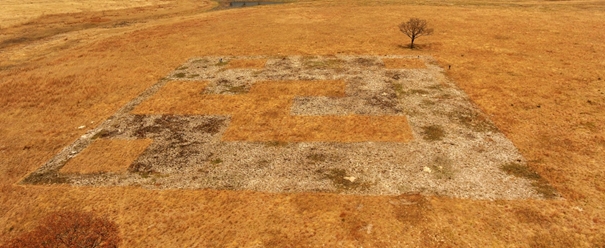 Aerial image from the purgatory in Bicuar National Park in August 2017 (Photo:Fernanda Lages) Aerial image from the purgatory in Bicuar National Park in August 2017 (Photo:Fernanda Lages) Controlled burning of early plots in June 2017 (Photo:Paulina Zigelski) Controlled burning of early plots in June 2017 (Photo:Paulina Zigelski) Experimental design and layout of the Bicuar Purgatory. Experimental design and layout of the Bicuar Purgatory.The "Purgatory" fire experiment Photo gallery |



 Angola
Angola Bicuar National Park
Bicuar National Park Namibia
Namibia Aussinanis
Aussinanis South Africa
South Africa Alpha
Alpha Zambia
Zambia Dongwe
Dongwe

 Cusseque
Cusseque